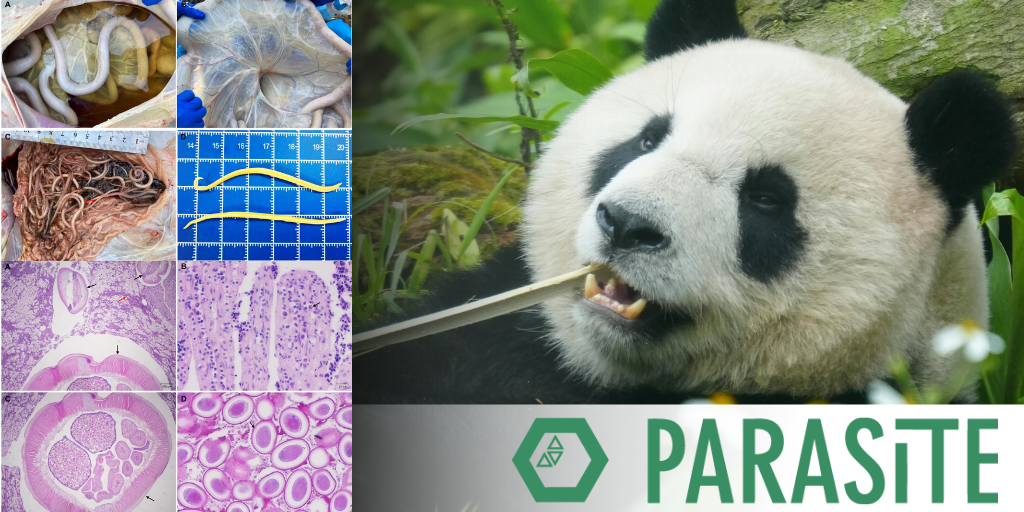Fatal Parasite Infection in Wild Giant Panda Reveals New Conservation Challenges
- Details
- Published on 17 July 2025

Content:
A recent study on parasitic infections in wild giant pandas has raised significant concerns. A 20- year-old wild female giant panda, rescued due to severe emaciation and weakness, tragically succumbed to the infection. Necropsy revealed a shocking 1,660 parasitic worms in her body!
Key Findings:
Pathogen Identified: Morphology and PCR testing confirmed the parasite as Baylisascaris schroederi, a roundworm specific to giant pandas.
Lethal Impact: The worms caused necrotizing enteritis, severe malnutrition (fat atrophy around the kidneys), and abdominal fluid accumulation (5 litres), ultimately leading to multi-organ failure.
Wild Population at Risk: Unlike captive pandas, wild individuals lack deworming interventions, making them highly vulnerable to parasitic threats.
Research Significance:
This case highlights the urgent challenge parasites pose to wild giant panda conservation. Researchers call for enhanced field monitoring, habitat management, and targeted control measures to reduce transmission risks.
Call to Action:
- Support wild panda parasite screening programs
- Promote habitat sanitation improvements
- Stay informed about wild panda health research
Link to Full Study in Parasite : https://doi.org/10.1051/parasite/2025026
Protecting China’s national animal starts with scientific awareness!


